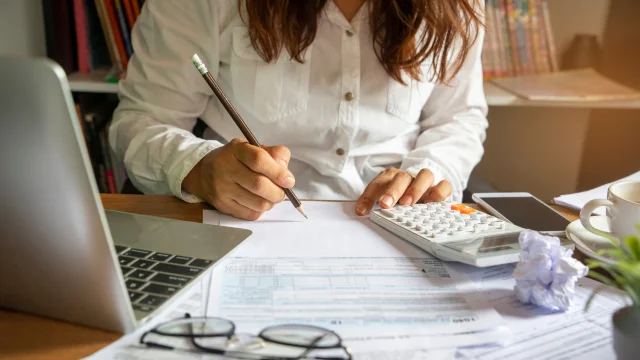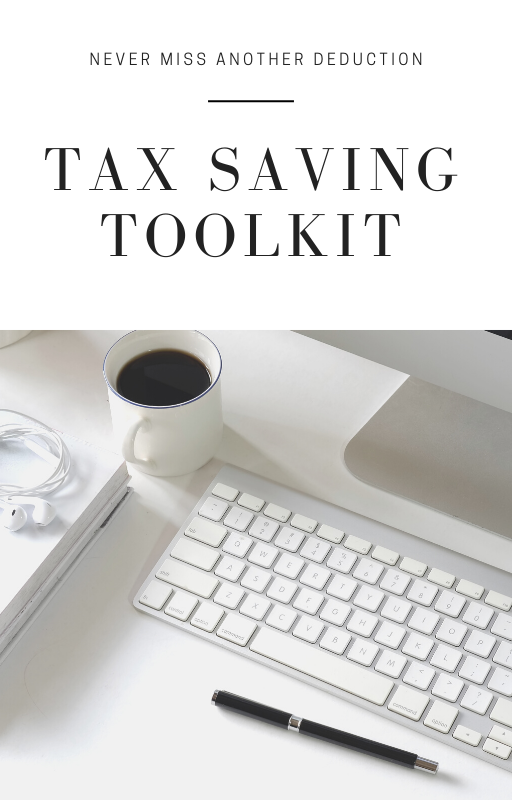The ATO have announced changes to Tax Debt procedures. It is sometimes possible to write off some or all of an individual’s ATO debt. This is referred to as a ‘release’ and can be applied when payment of the debt would leave you unable to provide for yourself, your family or others you are responsible for. Providing encapsulates the following items:
- housing
- clothes
- food
- medical
- education
The Practice Statement Law Administration PS LA 2011/17 Debt relief has specific criteria to be measured against. We use this to guide us in checking your eligibility. If you want to apply for the release, you must be either:
- The trustee of an estate of a deceased person or
- An individual
Note: Tax debts cannot be released for companies, trusts and partnerships.
What type of tax debts are involved?
The kind of ATO debt that can be released are:
- FBT instalment
- Income tax
- PAYG
- Fringe benefits tax (FBT)
- Medicare levy
- Medicare levy surcharge
- Mining withholding tax
- Withholding taxes on interest, dividends or royalties
- Withholding tax for a managed investment trust
Some debt can’t be released under the changes to Tax Debt.
This applies to the following:
- PAYG
- GST
- Excess contribution tax (ECT)
- Division 293 liabilities
- Director penalty notices
- Super guarantee charge (SGC).
How the release assessed
Specific figures such as your household’s income, assets, spending, and liabilities help determine whether you are in financial hardship. This works in conjunction with varying other factors and supporting documents to prove your circumstances.
Assets and liabilities
You can use household assets and liabilities to help repay all or part of your tax debt. This includes the residential home, household goods, tools of the trade, and motor vehicles.
If the purchasing of an asset was made while aware of tax debt, then this would be deemed unreasonable.
Income and expenditure
This involves analysing fortnightly household income and expenditure. The key here is deciding whether you can pay all or part of your debt while affording to support yourself at the same time. One could establish a payment plan following this.
Other factors
When severe hardship is identified, the ATO will assess additional factors including:
- if you have disposed of funds or assets without considering payments of your ATO debt.
- how your tax debt arose
- other debts on your name that are causing financial hardship
- your compliance history
- whether your situation is likely to improve
Before you apply
Before applying, you need to consider the following:
- update your contact information in case you need to be reached throughout the process
- lodge all outstanding tax returns to determine the total amount that you owe
- Check if you have any unresolved disputes with the ATO. This will need to be sorted before your application begins. This also includes unresolved compensation, damages or insurance claims.
Contact Accountants 2 Business if you have any questions about your ATO debt, and we can work out the best approach for your specific circumstances.
The information in this article is general in nature and might not be right for your circumstances. Please arrange a meeting with one of our Accountants to discuss your particular needs. Accountants 2 Business Ph (07) 3823 2344



